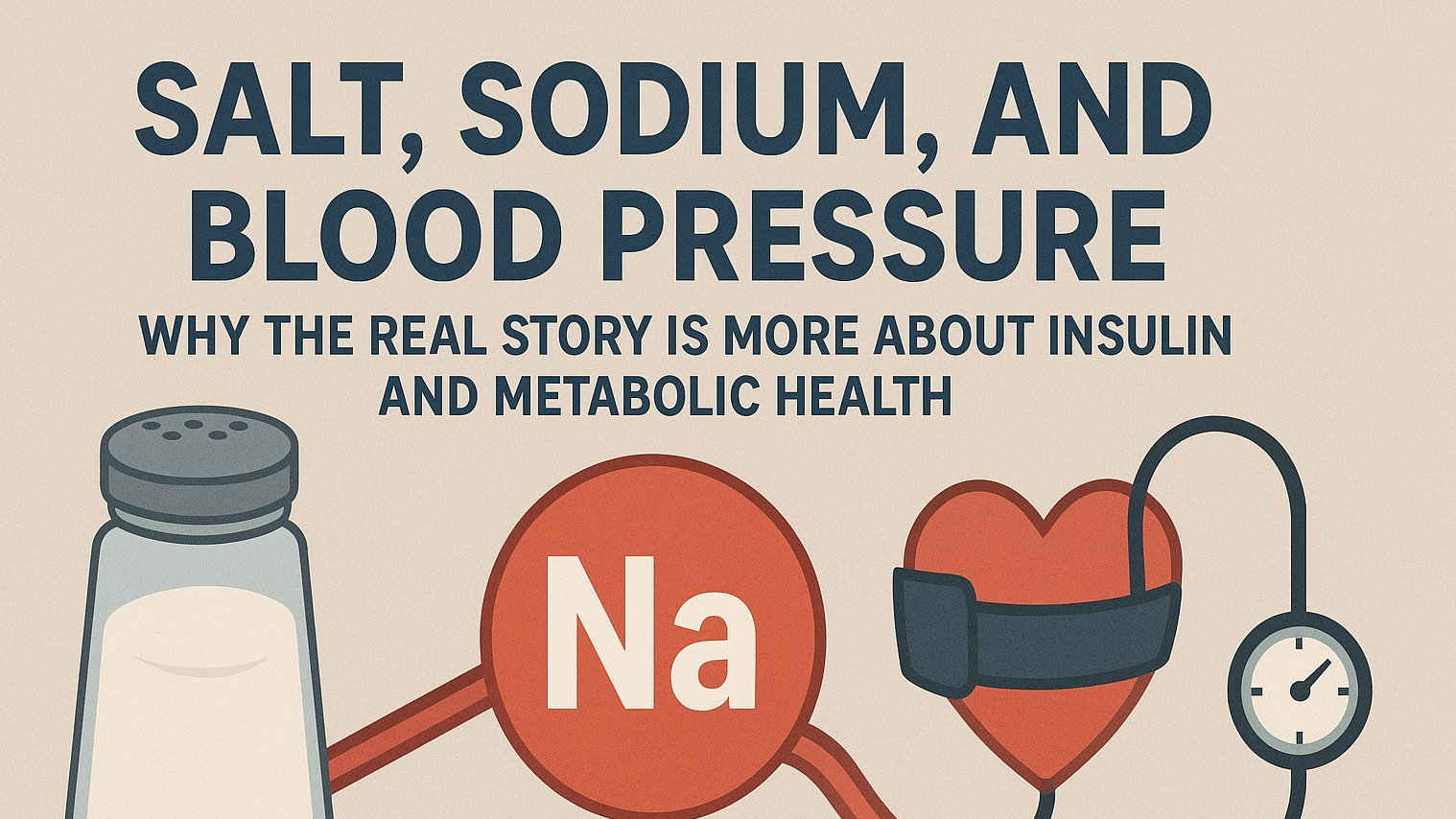
Why Hair Loss After Menopause Is About More Than Hormones (And What Ferritin Has to Do With It)
If you’ve noticed your ponytail shrinking or more strands on your pillow than usual, you’re not alone. Hair loss is one of the most frustrating things women face postmenopause. It feels like it comes out of nowhere—and to make it worse, the root cause isn’t always obvious.
One surprising culprit? Ferritin.
It’s not a supplement you can just pop from the store—it’s actually the storage form of iron in your body. Think of ferritin like your “iron savings account.” And just like with money, too little—or too much—can cause problems.
Let’s walk through what ferritin means for your hair, how to test it, and what else could be going on when post-menopausal shedding just won’t quit.
Ferritin: Your Hair’s Iron Bank Account
Here’s the deal: your hair follicles need iron to stay in the growth phase. When reserves dip too low, your body starts cutting back—hair growth is one of the first things to go.
General lab range for women: 15–150 ng/mL
Hair health range: ≥50–70 ng/mL (based on dermatology research)
Many specialists aim for 70–100 ng/mL for women after menopause
Below ~30 ng/mL? Shedding is much more likely, even if your hormones and thyroid look “normal.”
How Do You Know if Iron Is the Problem?
Simple—you need labs. Guessing here can do more harm than good. Ask your provider for:
Ferritin
Serum iron
TIBC (total iron-binding capacity)
Transferrin saturation
CBC (complete blood count)
⚠️ A quick heads-up: ferritin can look “normal” during inflammation because it rises as part of your body’s stress response. If markers like CRP or ESR are high, ferritin might be giving you a false sense of security.
And here’s the twist—unlike younger women, post-menopausal women can actually tip into iron overload if they supplement blindly. That can increase oxidative stress, cardiovascular risk, and liver strain.
If Ferritin Is Low: How to Fix It Safely
If labs confirm low ferritin, here’s a smart roadmap:
Step 1: Nutrition first
Grass-fed red meat, chicken liver, oysters, sardines, pumpkin seeds, spinach
Pair plant-based sources with vitamin C foods (citrus, bell peppers) to boost absorption
Step 2: Supplements if needed
Options: ferrous bisglycinate (gentler) or ferrous sulfate (stronger, but may cause constipation)
Usual dose: 25–65 mg elemental iron daily with ~250 mg vitamin C
Avoid taking with calcium, coffee, or tea
Recheck labs in 8–12 weeks
⚠️ Remember: iron overload is irreversible. Always test before supplementing.
Other Reasons Hair Thins After Menopause
Ferritin is a big piece, but rarely the only piece. Hair loss after menopause is multi-factorial.
Hormones
Estrogen and progesterone drop, shifting the androgen ratio, so DHT (a powerful androgen) shrinks follicles.
Strategies: resistance training, phytoestrogen foods (flax, soy, sesame, miso, tempeh), or ask your provider about hormone therapy.
Thyroid
Even “borderline” thyroid function can worsen shedding.
Ask for: TSH, Free T3, Free T4, Reverse T3, thyroid antibodies.
Protein
Hair = keratin, which is protein.
Goal: 0.7–1.0 g protein per kg of body weight daily.
Micronutrients
Zinc (8–15 mg/day), vitamin D (>50 ng/mL), methylated B12 & folate, biotin (if deficient).
Gut & Inflammation
Poor absorption, low stomach acid, celiac, IBS, or chronic inflammation can block nutrient delivery.
Focus on gut-healing foods: fermented veggies, garlic, onions, asparagus, diverse fiber.
Lifestyle Habits That Support Hair
Resistance training: balances hormones and improves circulation.
Stress management: cortisol spikes = more shedding. Daily walks, yoga, or meditation help.
Scalp care: gentle massage, avoid harsh dyes and tight hairstyles, and consider topical minoxidil if loss is significant.
Supplements That Work in Synergy
These can round out your plan:
Iron (if deficient)
Vitamin D (50–80 ng/mL)
Zinc (8–15 mg/day)
Omega-3s (EPA/DHA)
Collagen peptides
B-complex (especially B12 & folate)
Saw Palmetto (160–320 mg/day) to blunt DHT activity
Adaptogens (ashwagandha, rhodiola, holy basil) for stress
Realistic Expectations
Recheck labs every 3–6 months.
Track shedding and growth with photos—it takes time.
Expect visible changes in 3–6 months, not weeks.
Key Takeaways
Test first—never supplement iron blindly.
Aim for ferritin ≥70 ng/mL for optimal regrowth.
Support hormones, thyroid, protein, and gut health too.
Lifestyle habits matter just as much as labs.
Be patient—progress comes in months, not days.
Hair-Friendly Meal Ideas
Breakfast
Spinach smoothie bowl with Greek yogurt, berries, and collagen
Savory egg muffins with spinach and red peppers
Overnight oats with pumpkin seeds, almonds, and protein powder
Lunch & Snacks
Spinach + strawberry + grilled chicken salad
Turkey sausage with fresh veggies
Edamame + pumpkin seeds
Dinner
Salmon with lentils and roasted veggies
Beef & broccoli stir-fry
Heart-healthy chili with beans and greens
Why these work: they pair iron with vitamin C for better absorption, pack in protein for hair structure, and keep inflammation down with healthy fats.
Final Word
Hair loss after menopause can feel scary and out of your control, but it’s not a dead end. By testing ferritin, dialing in your nutrition, and layering in hormone and lifestyle support, you can absolutely see healthier, stronger hair over time.
 Add Row
Add Row  Add
Add 










Write A Comment